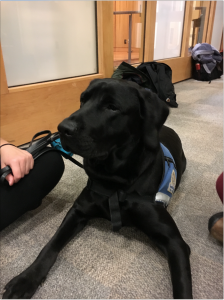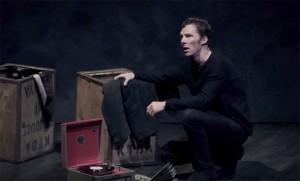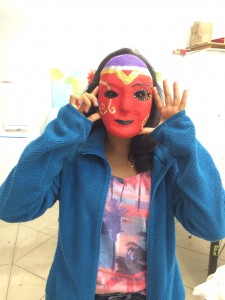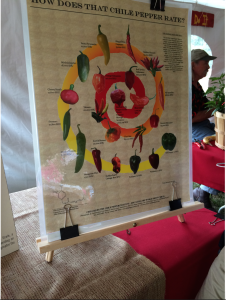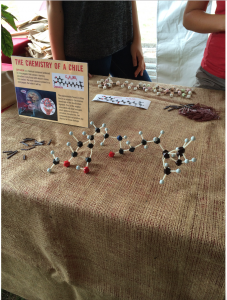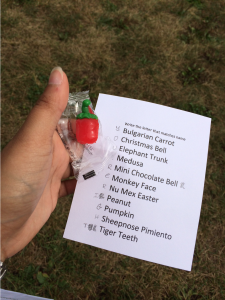Last Friday, I went to the Guide Dog meet and greet. It turns out that on top of training dogs to essentially be the eyes of the blind, guide dogs can also get trained for those with other disabilities as well. Two that stood out to me in particular were that they can be trained to help people who are deaf/mute and those who are autistic. Specific dogs are chosen early on to serve in these positions and they are trained solely for these people. Autistic children, I learned, tend to have a behavior called “bolting,” in which they essentially just run away under any form of stress. Dogs that are trained for autistic children are usually fitted with a sort of strap around their bodies and this strap has a handle that the child is supposed to hold. If the dog feels any tension on this handle, the dog is trained to lie down and act as an anchor so that the child doesn’t run away. If that’s not both clever on both the trainer’s and dog’s parts, then I don’t know what is. It turns out that autistic children who have guide dogs have almost entirely stopped the behavior of bolting as a result of this effective technique.
The guide dog program is such a heartwarming, loving organization with caring trainers and beautiful dogs. They are the epitome of everything society should strive to be. (Hint: if anyone is looking to be a guide dog trainer, they apparently have a few locations in the area!)
In the meantime, please enjoy these pictures of some very furry friends I made:


